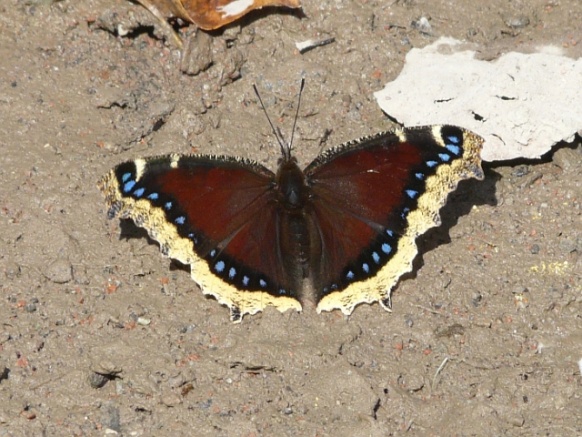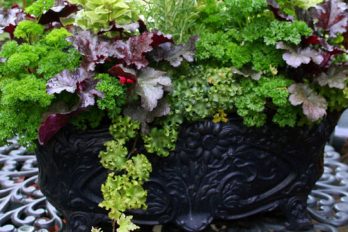We’ve exchanged our gardening gloves for fleece mittens and our leaf rakes for snow shovels. While we may have put away our equipment for the season, some very important garden helpers are still outside. Insects and other small creatures, including decomposers, pollinators and predators, have different ways of enduring the cold. As soon as spring arrives, they, or their offspring, get straight to work.
Compost piles, mulch and leaf litter provide sow bugs and pill bugs with their required moisture and protection from predators throughout the growing season. But these habitats don’t always provide enough warmth for extremely cold winters. Unlike worms, these decomposers are ineffective diggers and can’t burrow deep into the soil, so they move toward warmer areas of your garden, usually right up against the foundation of your home. You may even notice sow bugs and pill bugs in your basement in late fall, as they try to escape the dropping temperatures outside.
Some pollinators find creative ways to survive the cold. Honey bees huddle around their queen and vibrate their wings to stay warm. Monarch butterflies head to sunny Mexico for winter vacation.
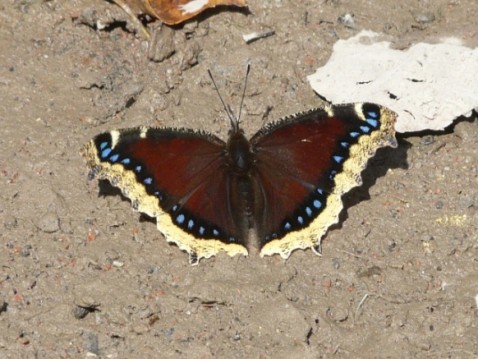
The mourning cloak butterfly is one of the only butterflies that hibernates as an adult. Other insect pollinators enter an inactive state called diapause. Depending on the species, diapause happens at any stage of development. An egg won’t hatch, a larva won’t pupate, a pupa won’t morph to an adult, and an adult won’t eat, move or mate until after a prolonged chilling period.
The creatures that help us by eating pests in the garden also vary in their winter activities. You’ve no doubt seen a few ladybugs enter your home or accumulate on a sunny windowsill in late fall. Ladybugs hibernate as adults inside homes or garages, under fallen trees or other protected outdoor areas.
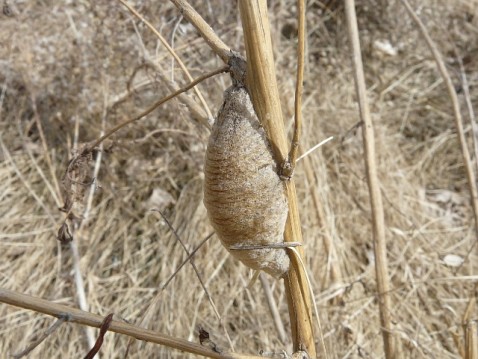
Praying mantises die in the autumn but leave a hard foam casing of eggs attached to tall grasses or tree branches.
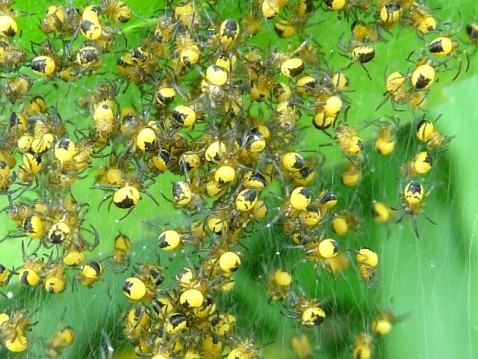 Garden spiders die after laying eggs in the fall. The tiny spiderlings hatch but spend the winter huddled in their egg sac. As spring arrives, they emerge, as we all do, anxious to get started in the garden.
Garden spiders die after laying eggs in the fall. The tiny spiderlings hatch but spend the winter huddled in their egg sac. As spring arrives, they emerge, as we all do, anxious to get started in the garden.
Photos: Ken Sproule

